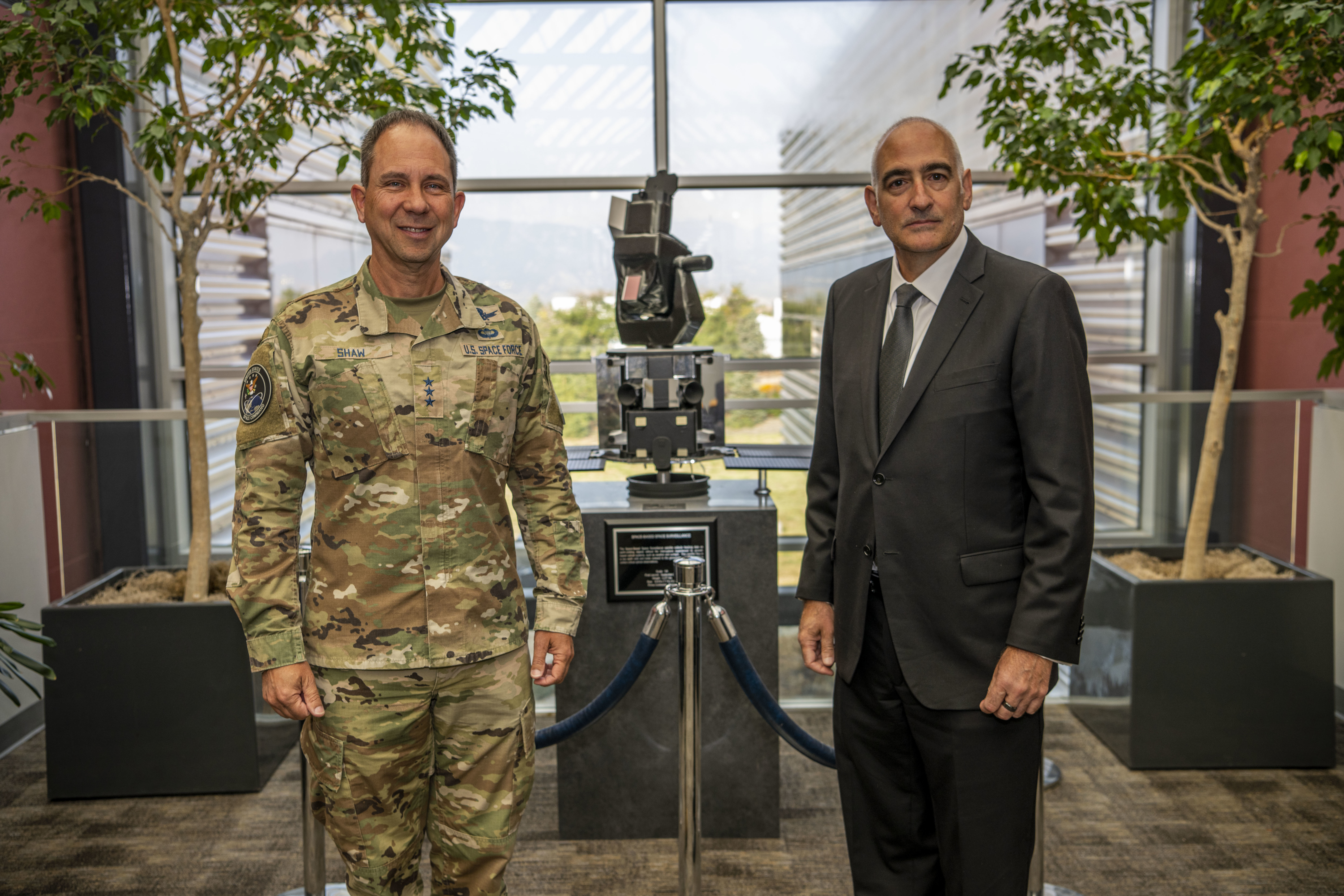Senior U.S. military space and intelligence leaders drove home a clear and consistent message at a gathering of space industry and government officials Jan. 24: The Department of the Air Force and the intelligence community must move from a bloated, complicated acquisition process to one in which space systems can be fielded faster and better meet requirements.
In remarks at a conference held by the National Security Space Association, leaders from the Department of Air Force, Space Force, and intelligence community framed the issue in blunt terms.
“We have a culture we have to break,” undersecretary of the Air Force for space acquisitions and integration Frank Calvelli said.
While Calvelli had some critiques of industry, he put much of the blame for issues he sees on the Department of Air Force’s own lack of clarity on what it wants from specific space programs. Calvelli noted that the Pentagon often rethinks and modifies programs to fit the current budget, shifting scheduling and adding and removing capabilities.
Calvelli has outlined clear goals for the way he wants the Department of Air Force to conduct business: shorter, three-year start-to-launch times, smaller systems, more use of commercial assets, and the use of fixed-price contacts to prod industry to deliver programs focused and on time.
“We like to build new,” Calvelli said. “New is cool. But we have to stop building new and take advantage of existing designs if we really want to drive schedules to be faster.”
Calvelli noted that he does not to hamstring future technologies, but he does want to increase speed in the acquisition process and proliferate the sources of America’s space assets to complicate targeting for America’s adversaries.
He pointed to his time as a senior official at the National Reconnaissance Office, which he said takes a more hardline approach to contracting than the Department of Defense’s process, which defense leaders, experts, and elected officials have long said needs reform.
One common DOD practice Calvelli cautioned against is awarding contracts to the lowest bidder. He said the Department of the Air Force must take a hard look at whether contractors for its space projects can actually deliver before spending millions of dollars on a project that is ultimately canceled.
“You get to the mode where you’re just reviewing the proposal, and you don’t take into account knowledge about the company, or you don’t know about the company,” Calvelli said. “You can end up awarding a significant space program to a part of a company or to a company that has absolutely no experience and no chance of actually executing the program.”
Another of Calvelli’s points of emphasis was moving towards as many commercial assets as feasible, both to take advantage of existing technology and proliferate the sources of America’s space assets to complicate targeting for America’s adversaries.
Calvelli’s views are shared across the military space enterprise, according to the deputy commander of U.S. Space Command.
SPACECOM is focused on “staying in our lane,” Lt. Gen. John E. Shaw told reporters, instead of “unnecessarily or prematurely” focusing on broad solutions that don’t align with specific operational requirements, which may be more limited.
Similarly, as the Space Force enters its fourth year, it cannot lose sight of its core missions of maintaining and building systems that allow the entire U.S. military to fight, the service’s deputy chief of space operations for intelligence said.
“Keep it simple, stupid,” Space Force Maj. Gen. Gregory J. Gagnon said. “Let’s just do small things, do them really fast, and continue to move forward. I think that’s absolutely the right way ahead.”
U.S. officials have noted that because space is a largely classified realm, frank discussion about issues with an asset can be limited.
But while Calvelli said he is sometimes frustrated with DOD’s space acquisition process, one of the nation’s most senior intelligence officials said some of the same issues extend to the rest of the federal government’s national security enterprise.
“We recognize that we have to figure out how to move faster in our acquisition realm,” said Stacey Dixon, the principal deputy director of national intelligence.
Dixon noted the intelligence community is naturally risk-averse, methodical and still working out how to fix its processes.
“We will continue to try to decrease the amount of time that it takes to do work with us and the amount of time that it takes for decisions to be made of which they’re waiting on our input,” Dixon said.


